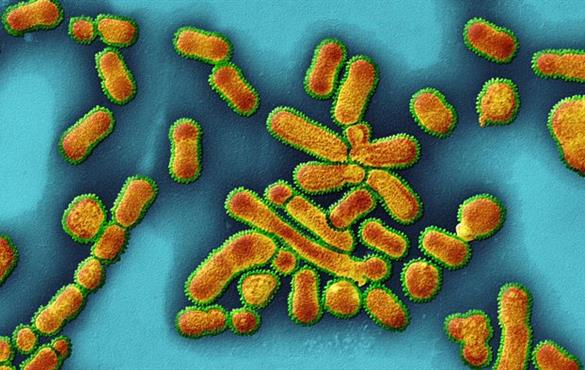In the media: Flu virus is a master shape-shifter
Cells infected with the versatile pathogen churn out viral particles with many different shapes

>> Read the full article on Nature
An influenza virus infecting a single cell can produce offspring with a wide variety of shapes, maximizing the virus’s chance of escaping attack by antiviral therapies.
Antibodies and vaccines target proteins on the surface of a viral cell. But the flu virus can quickly swap out one set of proteins for another, making the virus notoriously difficult to track and treat.
Michael Vahey at Washington University in St Louis, Missouri, and Daniel Fletcher at the University of California, Berkeley, developed a strain of the flu virus and attached fluorescent markers of a specific colour to each type of the virus’s surface proteins. The researchers infected cells with this virus and allowed it to replicate for one generation — this ensured there was not enough time for significant genetic mutation to occur. The cells produced viral particles with a vast assortment of marker combinations, suggesting that the virus can assemble different structures without undergoing genetic mutations.




